Home>Garden Essentials>How To Build A Play Area For Ferret
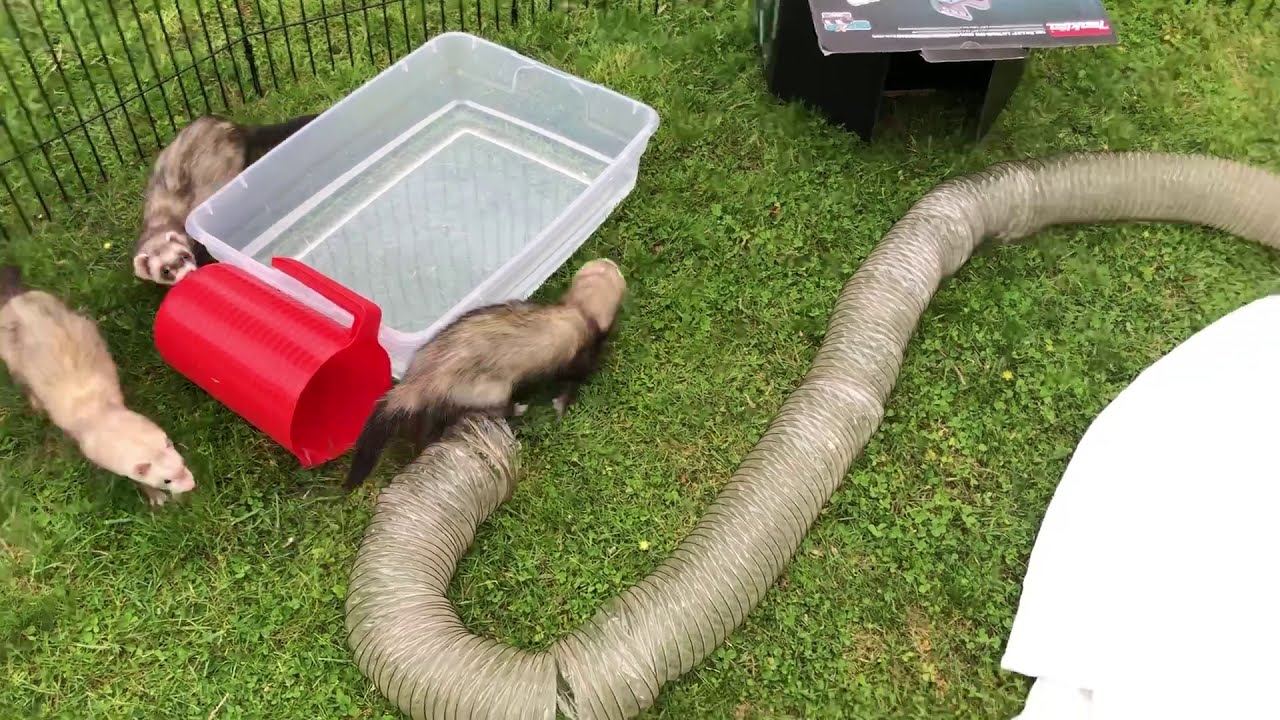

Garden Essentials
How To Build A Play Area For Ferret
Modified: March 7, 2024
Learn how to build a play area for your ferret in your garden with our step-by-step guide. Provide your furry friend with a safe and fun outdoor space to explore and play.
(Many of the links in this article redirect to a specific reviewed product. Your purchase of these products through affiliate links helps to generate commission for Storables.com, at no extra cost. Learn more)
Introduction
Welcome to the world of ferret ownership! Ferrets are playful, curious, and energetic pets that require plenty of mental and physical stimulation to thrive. One way to provide them with a fun and interactive environment is by building a play area specifically designed for their needs. Building a play area for your ferret will not only keep them entertained and happy but also ensure their safety and well-being.
In this article, we will take you through a step-by-step guide on how to build a play area for your ferret. From determining the space to selecting suitable materials, incorporating climbing structures and hiding spots, to adding toys and enrichment, we will cover all aspects of creating a stimulating and enjoyable play area for your furry friend.
Before we dive into the details, it is important to consider a few things. First, make sure you have enough space in your home for the play area. Ferrets love to explore, so having a dedicated area where they can roam and play freely is essential. Additionally, always prioritize the safety of your ferret. Ensure that the play area is escape-proof, free from potential hazards, and made of materials that are safe for your pet to interact with.
Now, let’s get started with the first step!
Key Takeaways:
- 1. Ferrets need a play area at least 6x4x4 feet with safe materials, climbing structures, hiding spots, and toys to keep them happy and healthy.
- 2. Regular cleaning, monitoring, and adjustments to the play area are crucial for providing a stimulating and safe environment for your ferret’s well-being.
Step 1: Determine the Space
The first step in building a play area for your ferret is to determine the space where it will be located. Before finalizing the location, consider the following factors:
- Size: Ferrets are active creatures and require ample space to play and explore. Ideally, the play area should be at least 6 feet long, 4 feet wide, and 4 feet tall to allow for unrestricted movement.
- Indoor vs. Outdoor: Consider whether you want the play area to be located indoors or outdoors. Both have their advantages and disadvantages. Indoor play areas offer better temperature control and protection from predators, while outdoor play areas allow for more natural sunlight and fresh air. Ultimately, choose the option that suits your ferret’s needs and the available space.
- Accessibility: Ensure that the play area is easily accessible for both you and your ferret. It should be located in an area where you can easily keep an eye on your furry friend and interact with them.
Once you have considered these factors, assess the space available to you. Look for a room or a dedicated corner that can be converted into a play area. Remember, the larger the space, the more opportunities your ferret will have to explore and play. If you are short on space, consider using vertical space by adding climbing structures and shelves.
It’s also important to ferret-proof the area. Ferrets are notorious escape artists, so make sure the play area is secure and escape-proof. Block off any small holes, gaps, or openings that your ferret can squeeze through. Check for loose wires, toxic plants, and other potential hazards that could harm your furry friend.
Once you have determined the space and ferret-proofed it, it’s time to move on to the next step: choosing suitable materials for the play area.
Step 2: Choose Suitable Materials
When it comes to selecting materials for your ferret’s play area, it’s important to prioritize safety, durability, and ease of cleaning. Here are some key considerations:
- Fencing: Choose a sturdy and escape-proof fencing material to create the enclosure. Wire mesh or PVC-coated wire works well, as it prevents your ferret from squeezing through or climbing over. Make sure the gaps in the fencing are small enough to prevent any potential injuries.
- Flooring: Opt for a flooring material that is easy to clean and provides traction for your ferret. Avoid materials like carpet or wood, as they can absorb odors and be difficult to sanitize. Instead, consider using washable vinyl, linoleum, or even rubber mats.
- Wall Coverings: Cover the walls of the play area with a smooth and waterproof material. This helps in easy cleaning and prevents any potential damages to the walls. You can use materials like PVC panels or laminated sheets.
- Climbing Structures: Choose climbing structures made of sturdy materials like PVC pipes or wooden shelves. Ensure that they are securely attached and cannot collapse or cause any harm to your ferret.
- Toys and Enrichment: Include a variety of toys and enrichment items in the play area to keep your ferret mentally stimulated. Look for toys that are specifically designed for ferrets, such as tunnels, balls, and puzzle toys.
It’s important to note that ferrets are known for chewing on things, so avoid using materials that can be easily chewed through or pose a choking hazard. Do not use materials like lead-based paints or toxic substances that could harm your ferret if ingested.
Once you have gathered all the necessary materials, you are ready to move on to the next step: creating a secure enclosure for your ferret’s play area.
Step 3: Create a Secure Enclosure
Creating a secure enclosure for your ferret’s play area is crucial to ensure their safety and prevent any escapes. Follow these steps to create a sturdy and escape-proof enclosure:
- Install the Fencing: Begin by installing the fencing material you have chosen around the designated play area. Attach it securely to the walls or floor, ensuring there are no gaps or loose edges that your ferret can manipulate or squeeze through.
- Secure the Entry Points: Pay special attention to the entry points of the enclosure. Make sure the doors or gates are secure and equipped with latches that your ferret cannot open. Consider using locks or clips to provide an extra layer of security.
- Add a Roof: If your play area is located outdoors, consider adding a roof or canopy to protect your ferret from predators and the elements. Ensure that the roof is securely attached to prevent any accidents or escapes.
- Check for Escape Routes: Regularly inspect the enclosure for any potential escape routes. Ferrets are talented escape artists and can find even the smallest gaps. Seal off any openings or repair any damages to the fencing immediately.
It’s important to remember that ferrets are highly agile and can climb, so ensure that the height of the enclosure is sufficient to prevent them from scaling over it. Additionally, supervise your ferret while they are in the play area to ensure they do not attempt to escape or get into any dangerous situations.
By creating a secure enclosure, you provide your ferret with a safe and controlled environment to explore and play in. Now that the enclosure is secure, it’s time to move on to the next step: adding climbing structures to enhance the play area.
Step 4: Add Climbing Structures
Climbing structures are essential for your ferret’s play area as they mimic their natural habitat and provide opportunities for exercise and exploration. Here’s how you can incorporate climbing structures into the play area:
- Vertical Platforms: Install vertical platforms or shelves at various heights within the play area. These platforms can be made of sturdy materials like PVC pipes or wooden boards. Ensure that they are securely attached to the walls or fencing.
- Hammocks and Bridges: Ferrets love lounging and climbing, so incorporate hammocks and bridges into the play area. These can be made from fabric or sturdy ropes and provide additional spots for them to rest and play.
- Ladders and Ramps: Install small ladders or ramps to create climbing routes for your ferret. These can be made using PVC pipes, wooden boards, or other ferret-safe materials. Make sure they are securely attached and provide stable footing for your furry friend.
- Tunnels and Tubes: Ferrets love to burrow and explore small spaces, so include tunnels and tubes in the play area. You can use flexible plastic tubing or specially designed ferret tunnels. Ensure that they are securely connected and offer different routes for your ferret to navigate through.
- Climbing Walls: Create vertical climbing walls using carpeted or textured materials. Ferrets can easily grip onto these surfaces and climb up for a fun and challenging adventure.
When adding climbing structures, keep in mind the safety and comfort of your ferret. Avoid using materials with sharp edges or toxic substances. Regularly inspect the climbing structures for any signs of wear or damage, and replace them if necessary.
By incorporating climbing structures into the play area, you provide your ferret with opportunities to exercise their natural instincts and keep them physically active. Next, let’s discuss the importance of including hiding spots in the play area.
Read more: How To Build A Child Play Area Fence
Step 5: Include Hiding Spots
Hiding spots are crucial for your ferret’s play area as they provide a sense of security and privacy. Ferrets are known for their love of burrowing and exploring cozy spaces, so incorporating hiding spots will enrich their playtime. Here’s how you can include hiding spots in the play area:
- Hide Boxes: Place hide boxes or tunnels made from cardboard or fabric in different areas of the play area. These boxes provide a safe and comfortable space for your ferret to retreat to when they want some alone time.
- Hammocks and Hanging Beds: Hang hammocks or small hanging beds at various heights within the play area. Ferrets enjoy lounging and napping in elevated spaces, and these hanging options provide a cozy and secluded spot for them.
- Fabric Tunnels: Set up fabric tunnels that your ferret can crawl through and explore. These tunnels not only serve as hiding spots but also add an element of fun and adventure to the play area.
- Nesting Materials: Place soft bedding materials, such as fleece blankets or bedding liners, inside the hide boxes and hammocks. This provides additional comfort and warmth for your ferret while they are hiding or resting.
When incorporating hiding spots, ensure that they are securely attached and won’t collapse or pose any risks to your ferret. Regularly clean and wash the hide boxes and hammocks to maintain a hygienic play area.
By including hiding spots in the play area, you provide your ferret with a sanctuary where they can feel safe and secure. Now, let’s move on to the next step: incorporating toys and enrichment to keep your ferret entertained.
Consider using PVC pipes and connectors to create a custom play area for your ferret. You can build tunnels, ramps, and platforms to keep your ferret entertained and active. Just make sure to secure everything safely to prevent any accidents.
Step 6: Incorporate Toys and Enrichment
To keep your ferret entertained and mentally stimulated, it’s important to incorporate toys and enrichment activities into their play area. Here’s how you can enhance the play area with toys and enrichment:
- Puzzle Toys: Introduce puzzle toys that require your ferret to figure out how to access treats or toys hidden inside. These toys stimulate their problem-solving skills and provide mental enrichment.
- Balls and Tubes: Place small balls and tubes in the play area for your ferret to chase and explore. They will enjoy rolling the balls around and navigating through the tubes for a playful experience.
- Interactive Toys: Invest in interactive toys that engage your ferret’s senses. Toys with feathers, bells, or crinkly materials can attract their attention and keep them entertained for hours.
- Chew Toys: Ferrets have a natural instinct to chew, so provide them with safe and appropriate chew toys. Look for chew toys made of ferret-safe materials, like hard rubber or nylon, to satisfy their chewing needs.
- Rotate Toys: Regularly rotate the toys in the play area to keep your ferret’s interest. This prevents boredom and adds variety to their playtime.
It’s important to supervise your ferret while they play with toys to ensure they do not ingest any small parts or chew on hazardous materials. Regularly inspect the toys for signs of wear or damage, and replace them if needed.
In addition to toys, consider introducing different types of enrichment activities, such as scent games and interactive play sessions. These activities stimulate your ferret’s natural instincts and provide mental and physical exercise.
By incorporating toys and enrichment activities, you provide your ferret with a stimulating and engaging play area that promotes their overall well-being and happiness. Next, let’s discuss how to provide feeding and drinking areas within the play area.
Step 7: Provide Feeding and Drinking Areas
Feeding and drinking areas are essential components of your ferret’s play area, as they ensure easy access to food and water. Here’s how you can provide feeding and drinking areas within the play area:
- Bowls or Dishes: Place sturdy, heavy bowls or dishes in a designated area for your ferret’s food and water. Use bowls that are shallow enough for your ferret to comfortably eat from but not easily tipped over.
- Elevated Feeding Stations: Consider using elevated feeding stations to reduce the risk of contamination and make it easier for your ferret to reach their food. You can use raised feeding stands or shelves to keep the bowls off the ground.
- Water Bottles: Attach a water bottle to the fencing or side of the play area to provide a constant source of fresh water for your ferret. Make sure the bottle is securely fastened and placed at an appropriate height for easy access.
- Check and Refill: Regularly check the bowls and water bottle to ensure they are clean and filled with fresh food and water. Clean the bowls and water bottle daily to maintain high hygiene standards.
It’s important to monitor your ferret’s food and water consumption to ensure they are getting the proper nutrition and hydration. Adjust the amount of food and water provided based on their needs and consult with a veterinarian if you have any concerns.
By providing dedicated feeding and drinking areas in the play area, you make it convenient for your ferret to access their food and water while engaging in playtime. Now, let’s move on to the next step: covering the flooring with ferret-friendly materials.
Step 8: Cover Flooring with Ferret-Friendly Materials
The flooring of your ferret’s play area plays a vital role in their comfort and safety. It’s important to choose and cover the flooring with materials that are suitable for ferrets. Here’s how you can cover the flooring:
- Washable Mats: Use washable mats made of materials like vinyl, linoleum, or rubber. These materials are easy to clean and provide traction for your ferret as they run and play, reducing the risk of slipping.
- Fleece Blankets: Lay down fleece blankets to add an extra layer of comfort and warmth. Ferrets love the soft texture of fleece and it provides a cozy surface for them to play and nap on.
- Designated Litter Area: Designate a specific area within the play area for your ferret’s litter box. Cover this area with washable mats or puppy pads to make cleaning up accidents easier.
- Avoid Loose Carpets or Rugs: Avoid using loose carpets or rugs in the play area, as they can be chewed on or pose a tripping hazard. Ferrets may also have accidents on carpeted surfaces, making it more difficult to clean up.
Regularly clean and sanitize the covered flooring to maintain a hygienic play area for your ferret. Remove any soiled or dirty mats or blankets promptly to prevent odors and bacteria buildup.
Most importantly, ensure that the covering materials are securely in place and cannot be easily chewed on or ingested by your ferret. Safety is always a top priority when it comes to flooring in the play area.
By covering the flooring with ferret-friendly materials, you provide a comfortable and clean environment for your ferret to play and explore. Now that the flooring is taken care of, let’s move on to the next step: regular cleaning and maintenance of the play area.
Read more: How To Build A Guinea Pig Play Area
Step 9: Regularly Clean and Maintain the Play Area
Maintaining a clean and hygienic play area is crucial for your ferret’s health and well-being. Follow these steps to regularly clean and maintain the play area:
- Spot Cleaning: Regularly inspect the play area for any messes or soiled areas. Clean up any urine, feces, or spilled food promptly to prevent odors and the spread of bacteria.
- Sanitizing: Clean and sanitize the play area on a regular basis. Remove all toys, climbing structures, and accessories and thoroughly clean them using pet-safe detergents and disinfectants. Wipe down the walls, flooring, and any other surfaces with pet-safe cleaning products.
- Bedding and Liners: Launder the bedding, fleece blankets, and other fabric items in the play area regularly. Use a pet-friendly detergent and ensure they are fully dry before placing them back in the play area.
- Litter Box Management: If you have a litter box in the play area, clean it daily by removing waste and replacing soiled litter. Completely change the litter and sanitize the litter box regularly to maintain cleanliness.
- Inspect and Repair: Regularly inspect the fencing, climbing structures, and other components of the play area for any signs of wear, damage, or potential hazards. Repair or replace any damaged parts and ensure that everything is secure and in good condition.
By consistently cleaning and maintaining the play area, you provide a safe and healthy environment for your ferret to enjoy. This also helps to prevent the buildup of odors, bacteria, and potential health issues.
Remember to observe your ferret’s behavior and hygiene habits while in the play area. If you notice any changes or unusual behaviors, consult a veterinarian for advice and guidance.
With regular cleaning and maintenance, your ferret’s play area will remain a stimulating and enjoyable space for them to explore and play. Now, let’s wrap up our guide to building a play area for your ferret.
Conclusion
Building a play area for your ferret is a fantastic way to provide them with a safe and engaging environment to explore and play. By following the steps outlined in this guide, you can create a play area that meets your ferret’s physical and mental needs while ensuring their safety and well-being.
Remember to carefully determine the space available and choose suitable materials that prioritize safety, durability, and ease of cleaning. Create a secure enclosure, incorporating climbing structures and hiding spots to offer a stimulating and enriching environment for your ferret.
Don’t forget to include a variety of toys and enrichment activities to keep your ferret entertained and mentally stimulated. Provide dedicated feeding and drinking areas and cover the flooring with ferret-friendly materials for added comfort and hygiene.
Regularly clean and maintain the play area, ensuring that it is a clean and safe space for your ferret to enjoy. By consistently monitoring and improving the play area, you will provide your ferret with an environment that promotes their health, happiness, and well-being.
Remember, each ferret is unique, and their preferences may vary. Observe your ferret’s behavior and adjust the play area to cater to their individual needs and preferences. Consider consulting with a veterinarian or fellow ferret owners for additional guidance and tips.
By building a well-designed and thoughtfully constructed play area, you are creating an enriching and fulfilling space for your ferret to thrive. So, roll up your sleeves, gather the materials, and get ready to create a play area that will be a source of endless joy and entertainment for your furry friend!
Frequently Asked Questions about How To Build A Play Area For Ferret
Was this page helpful?
At Storables.com, we guarantee accurate and reliable information. Our content, validated by Expert Board Contributors, is crafted following stringent Editorial Policies. We're committed to providing you with well-researched, expert-backed insights for all your informational needs.
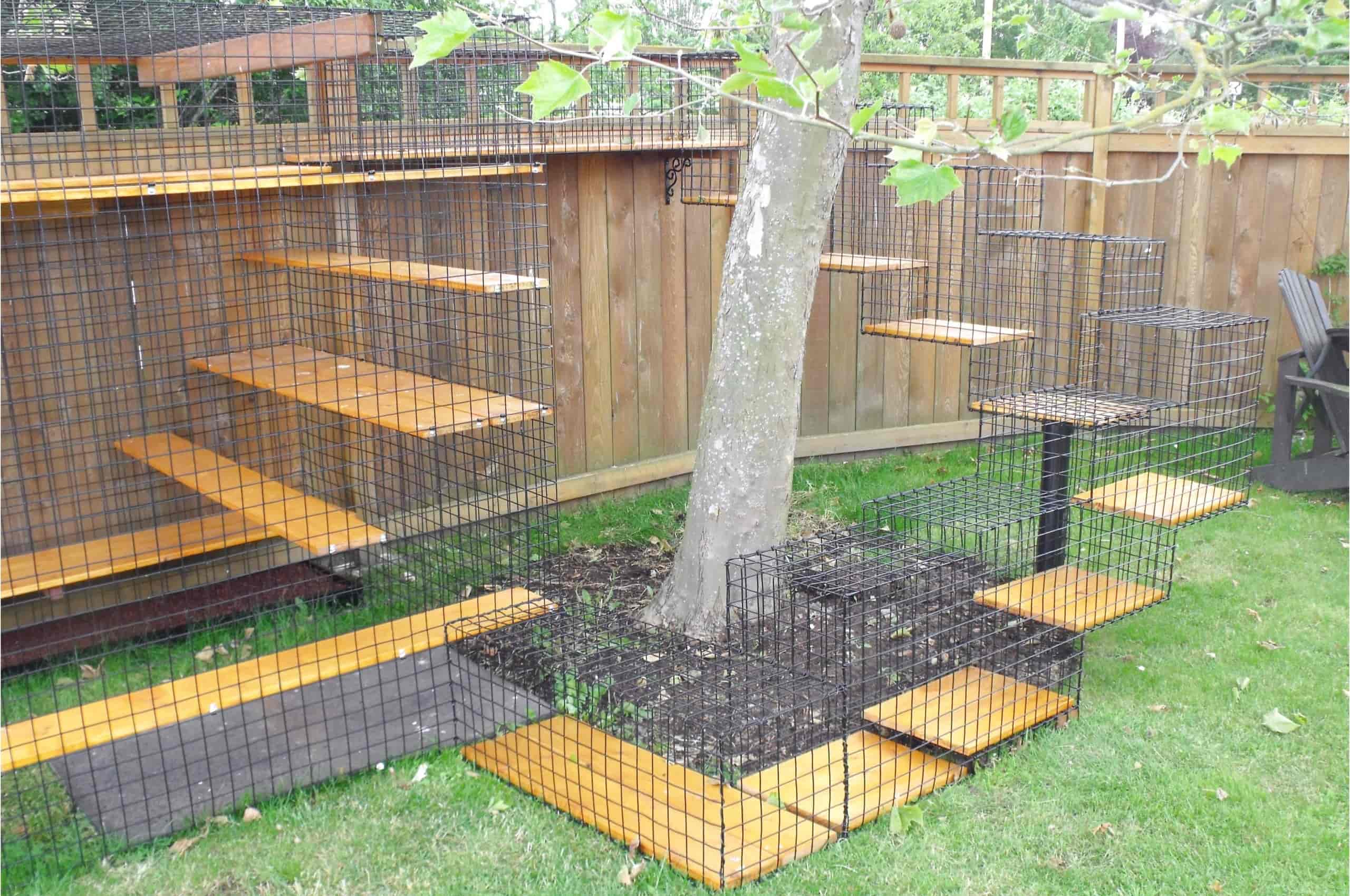
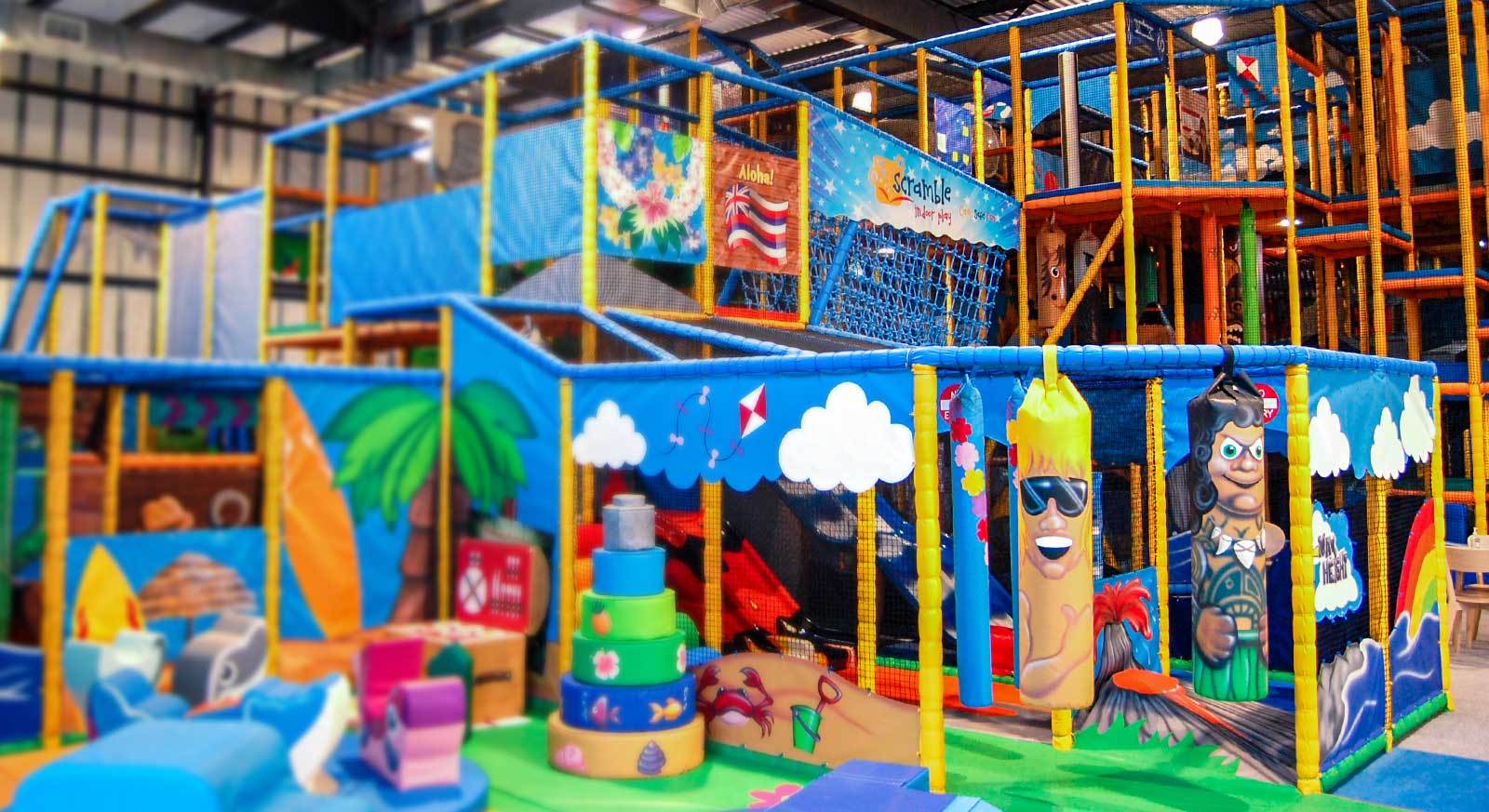
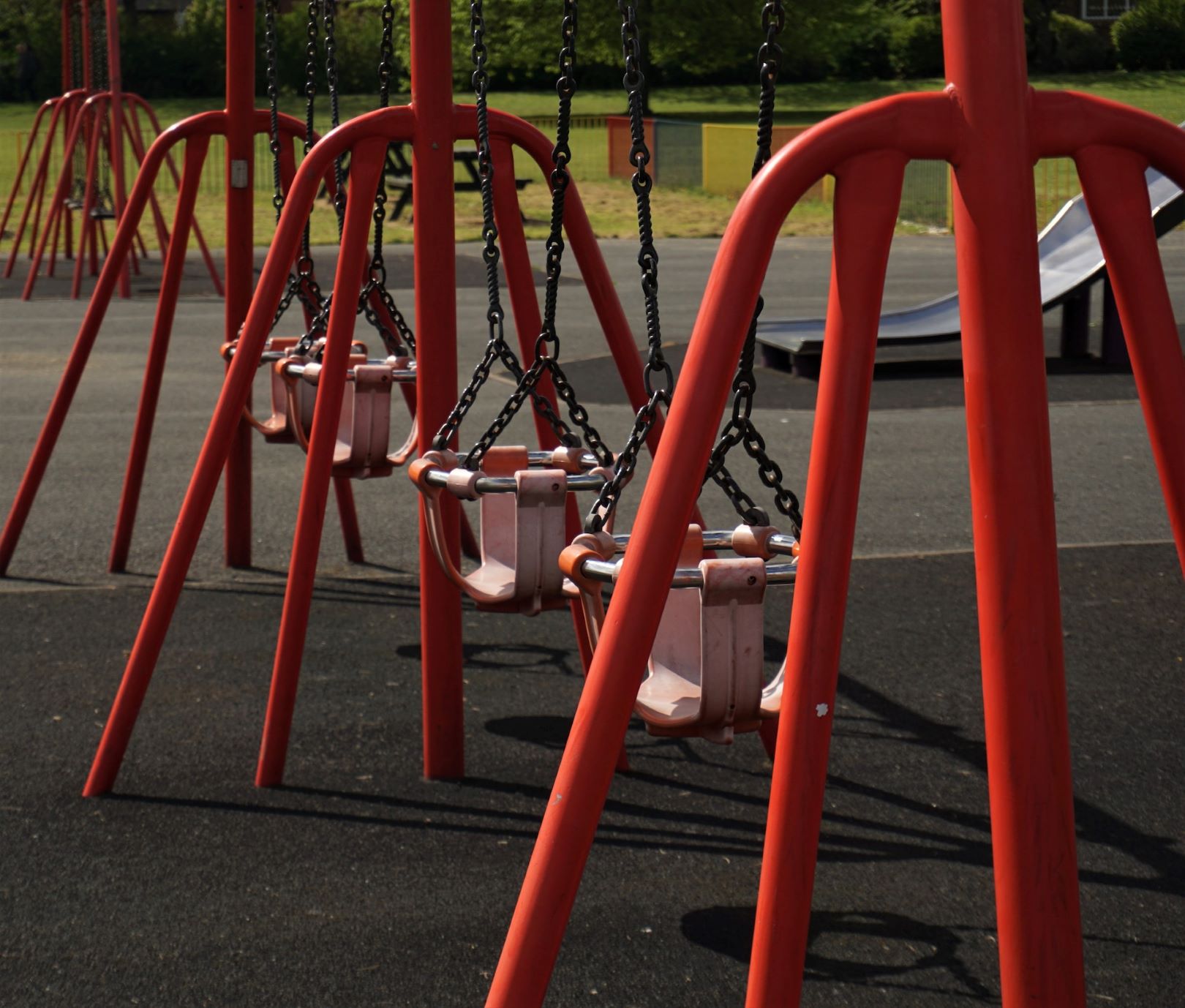
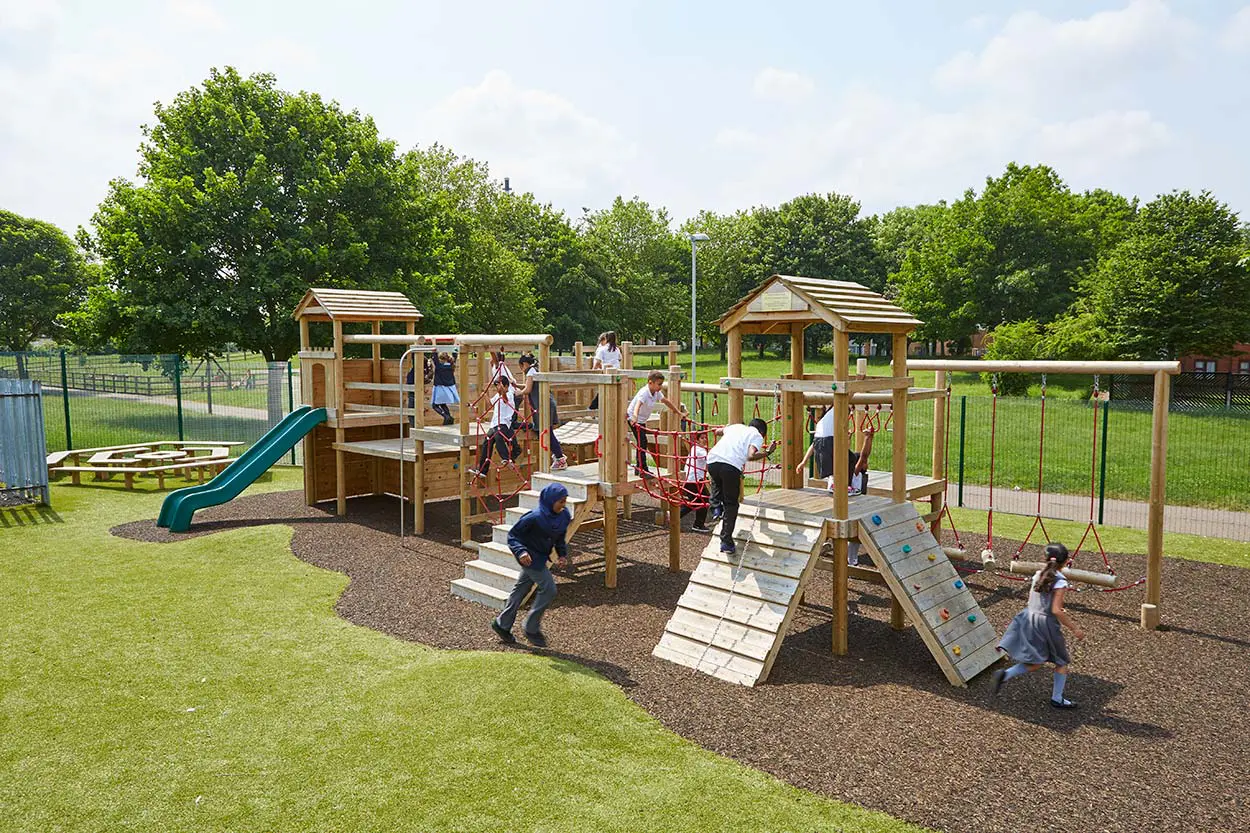
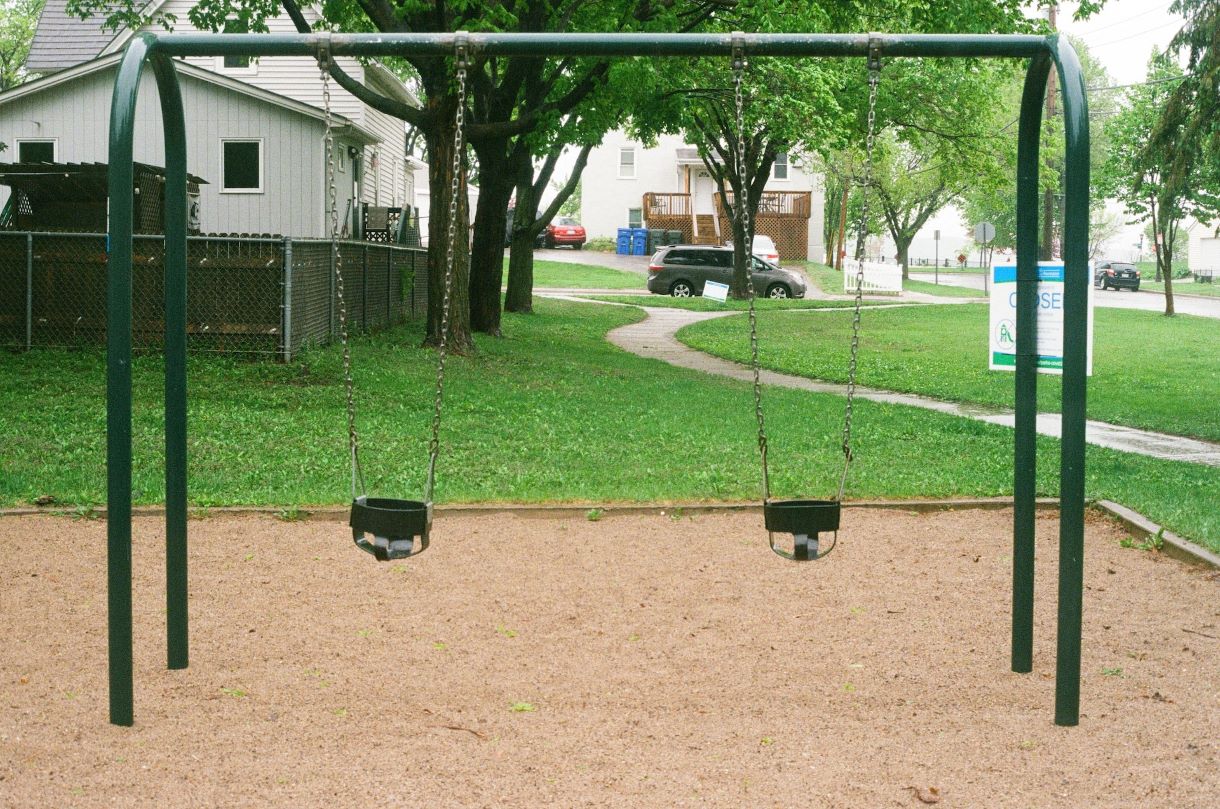

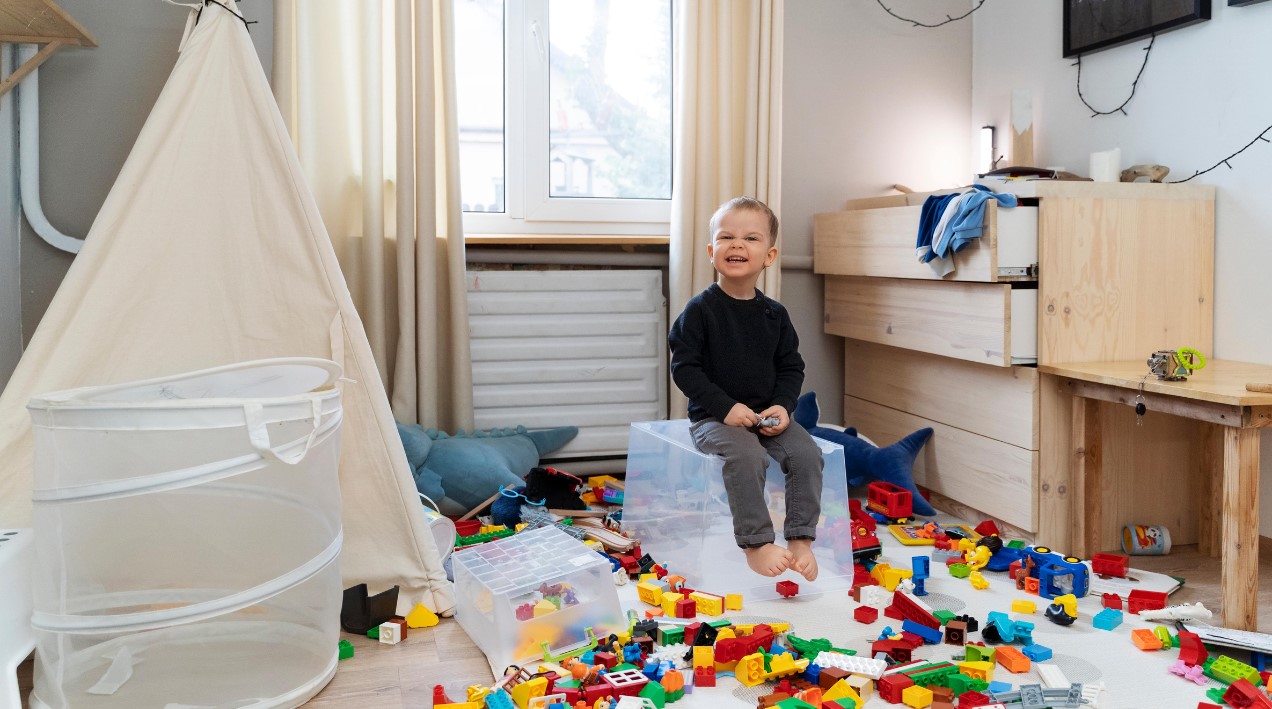

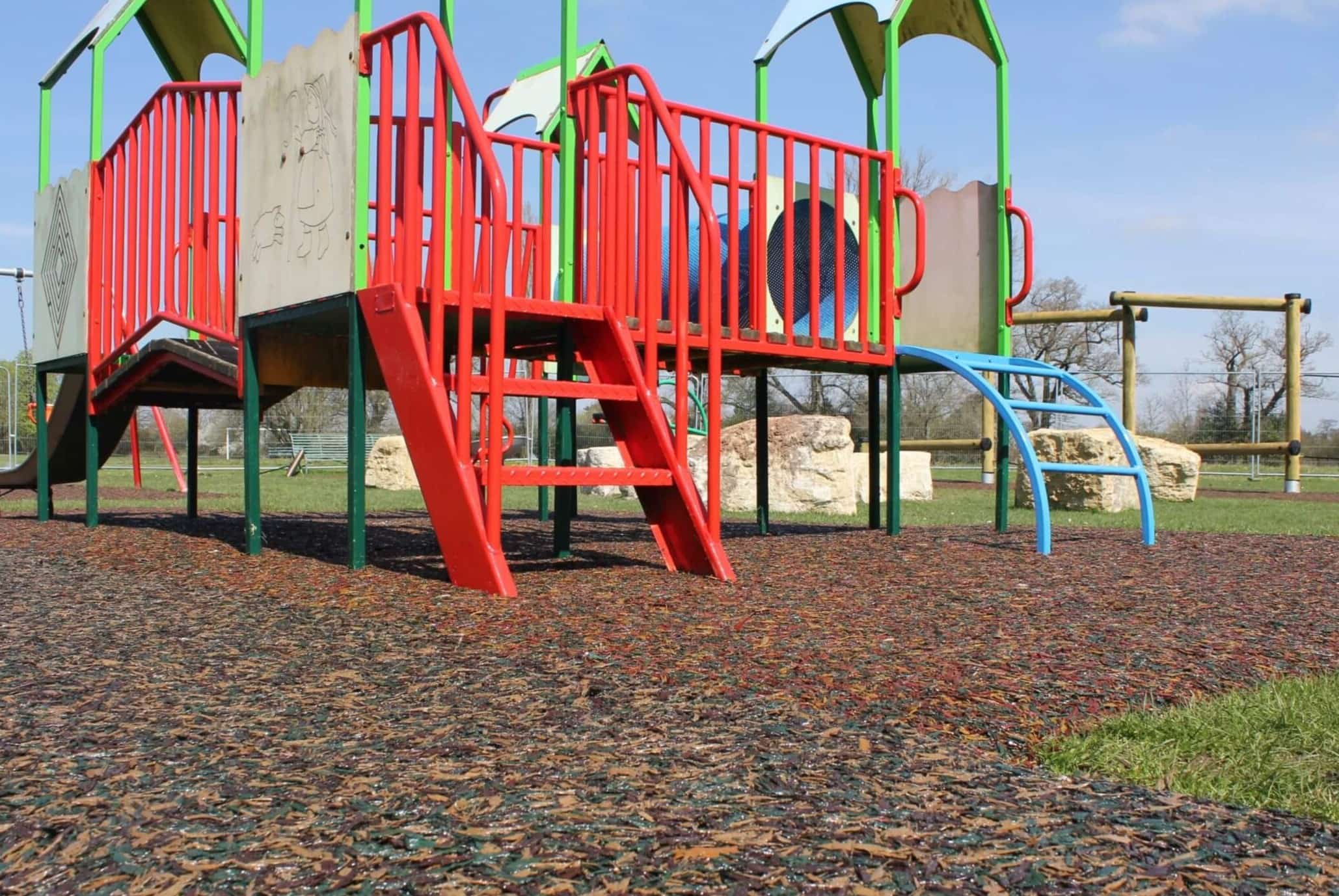
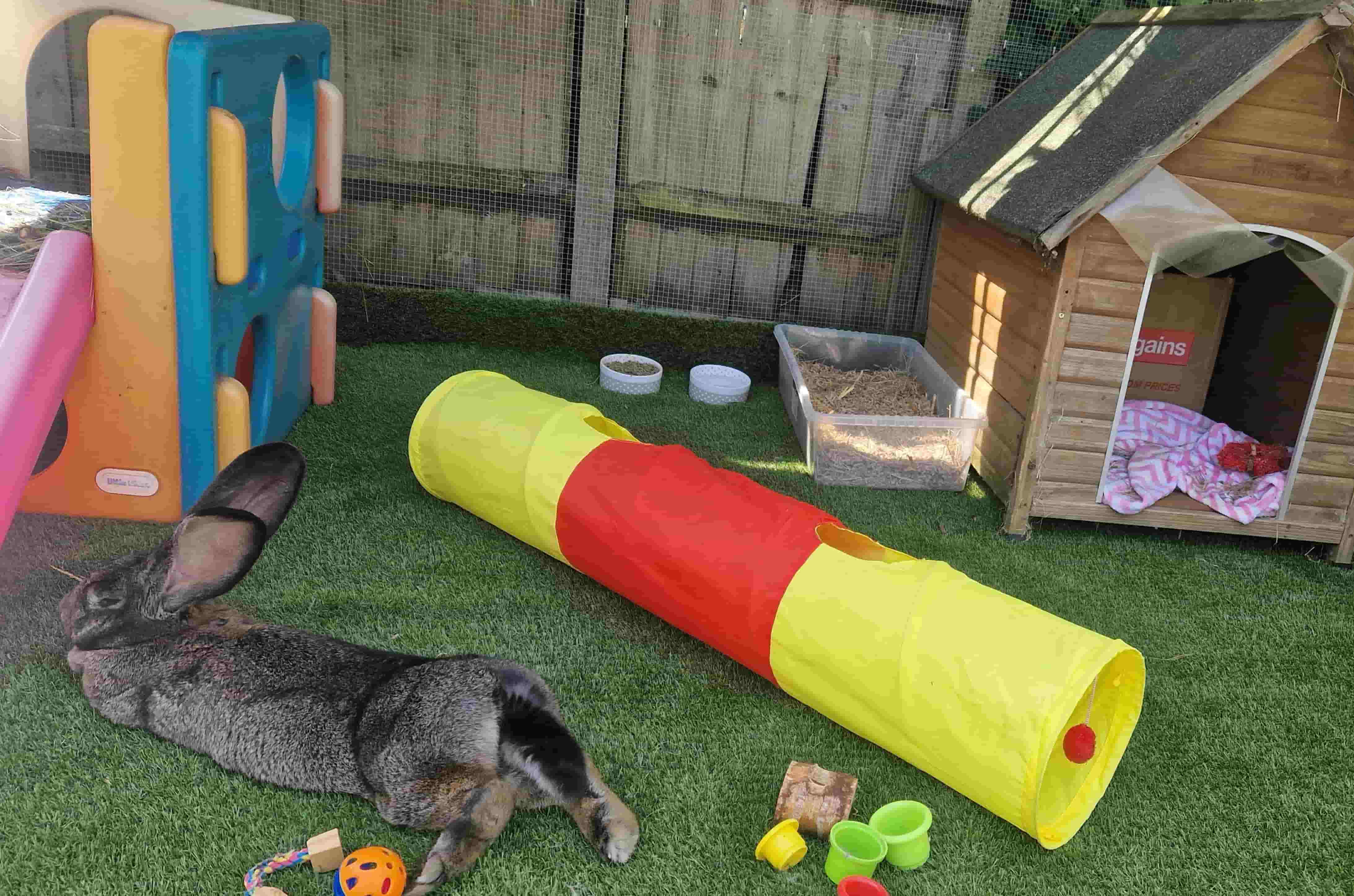
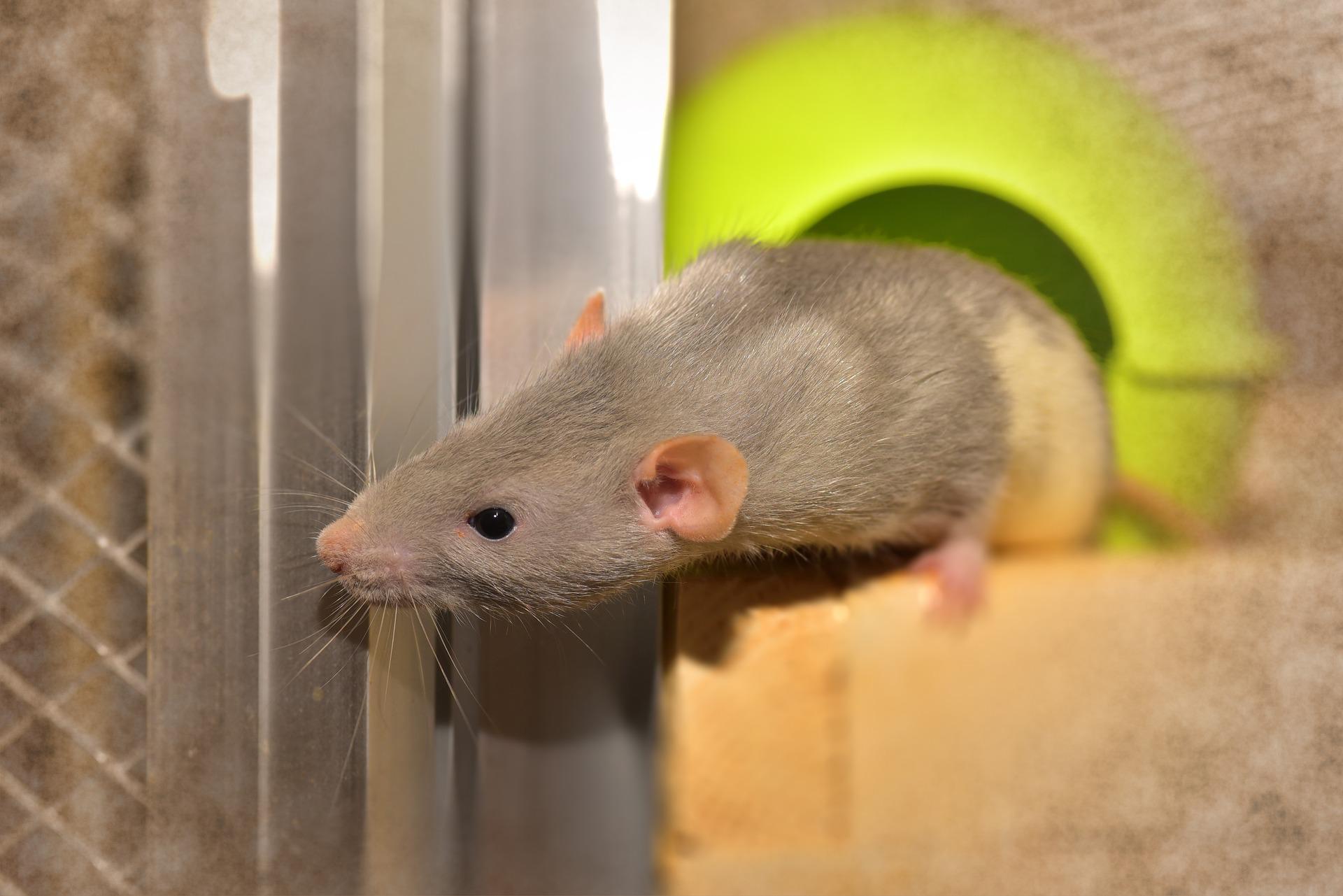
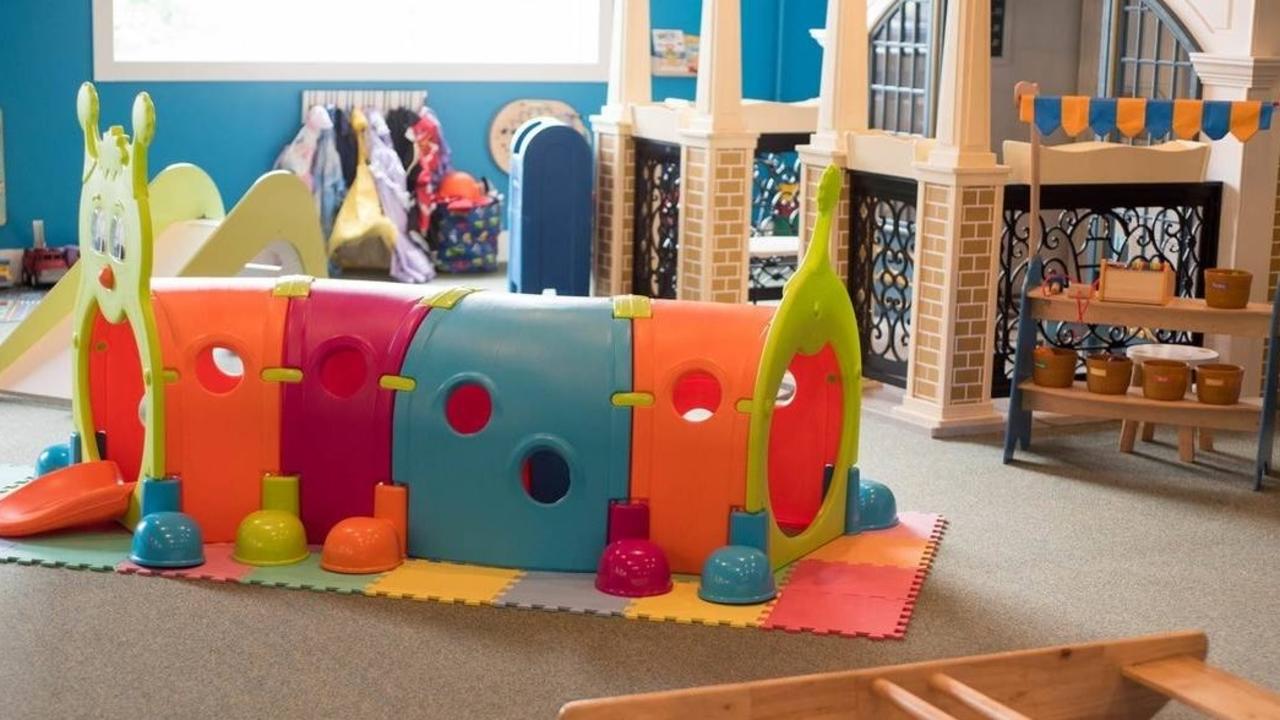
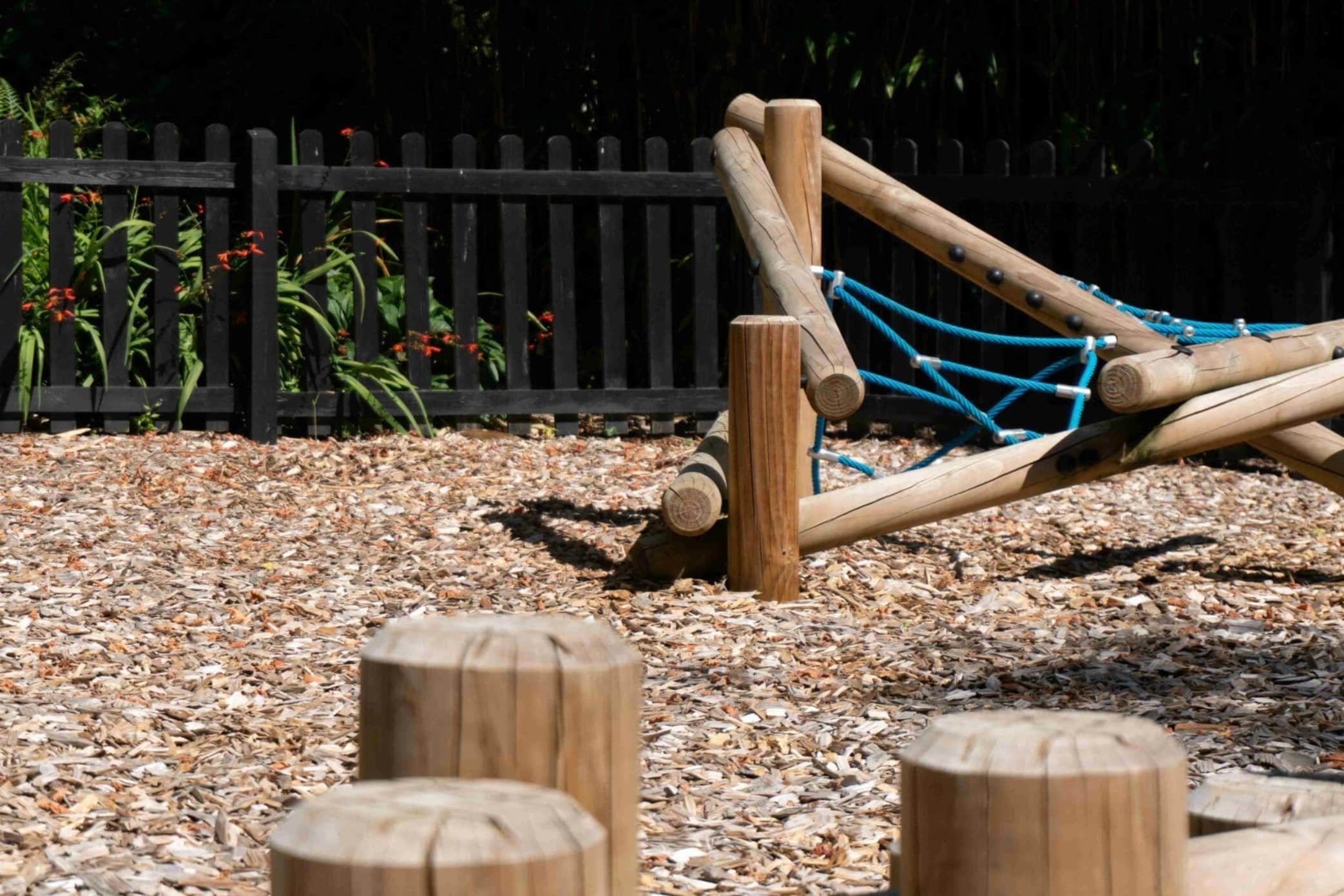

0 thoughts on “How To Build A Play Area For Ferret”